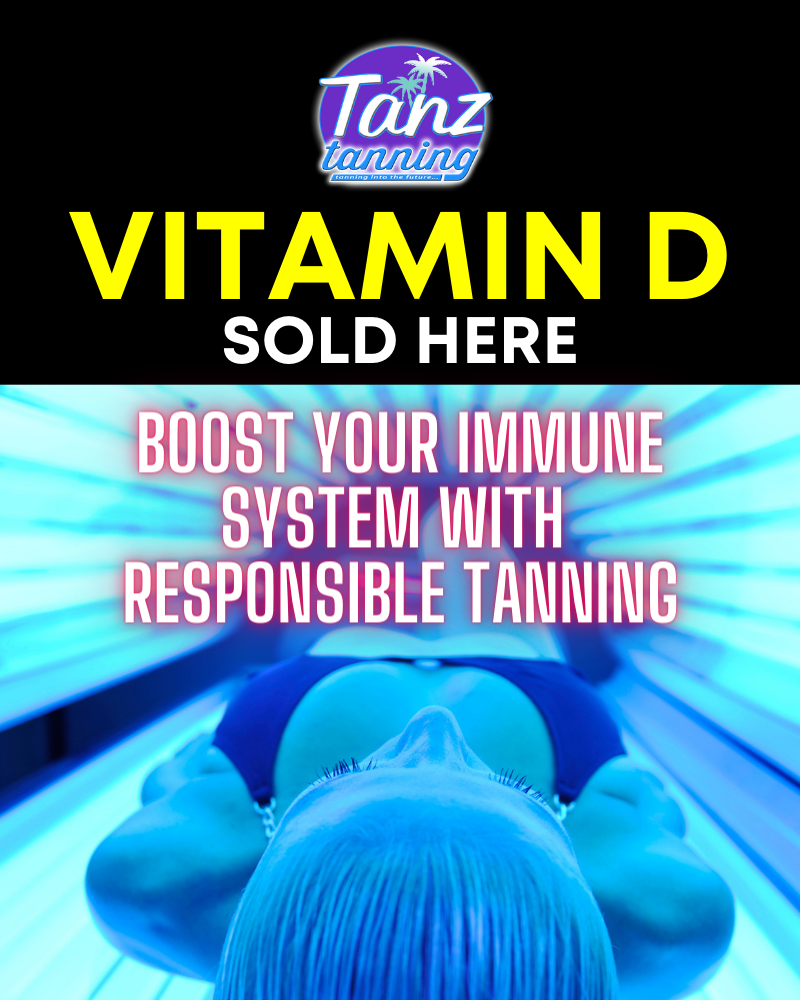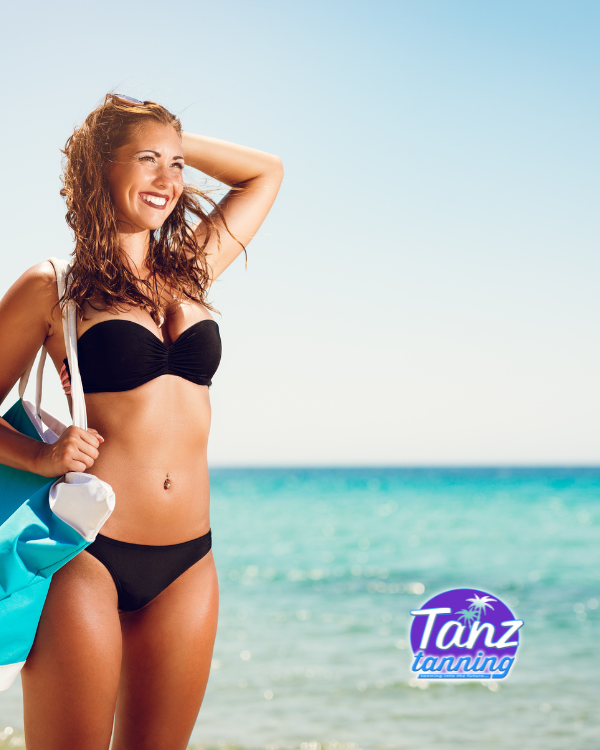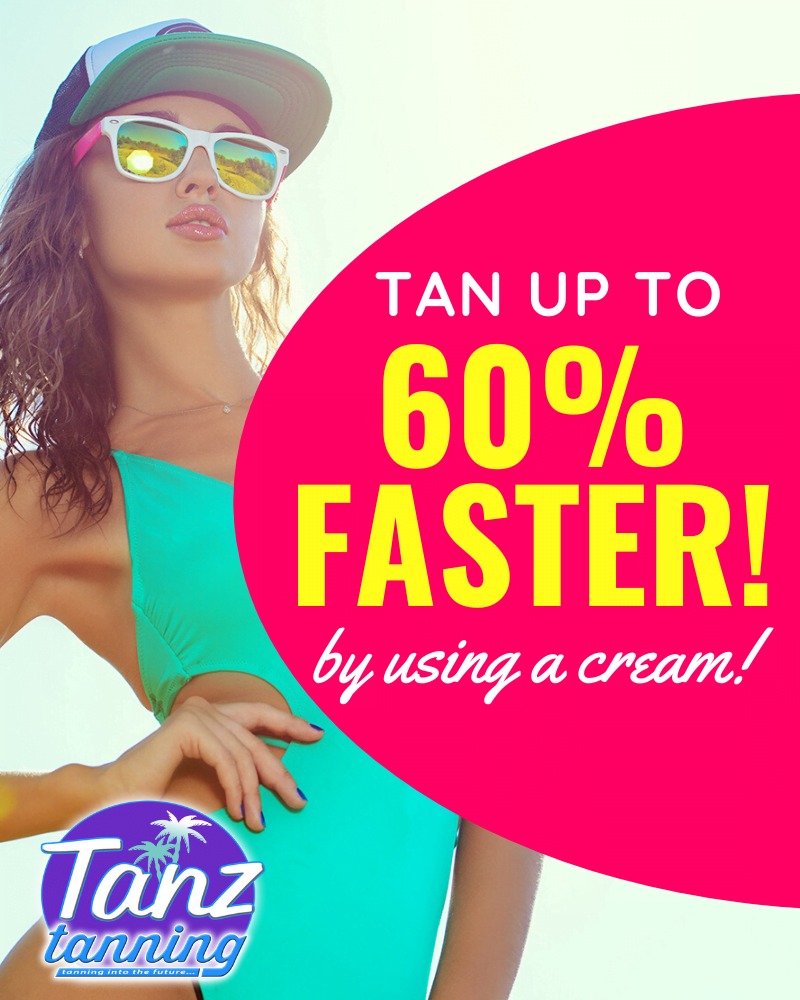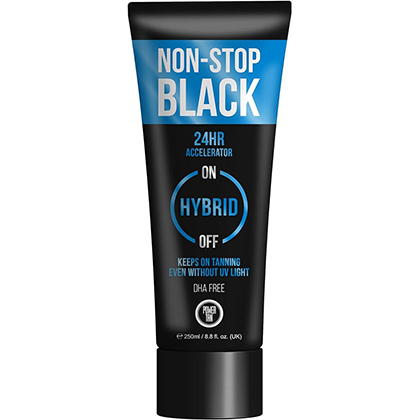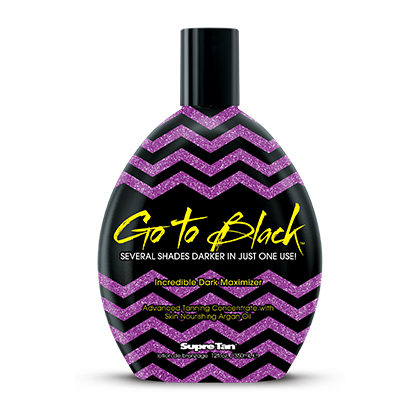Tanning Advice
Your Safety is our Number One Priority at Tanz!
We want to make sure that our customers look good and feel great by tanning in a responsible manner. We have put together some Tanning FAQs, Guidelines, information on How Skin Tans and some Useful Tanning Links because we want to help guide our customers to achieve a tan safely. So if you have a question about how long it will take you to achieve a tan or what sunbed to use then we are here to help.
All of our tanning assistants are fully trained to the highest standards.
This ensures that they provide our customers with the right tanning advice and promote safe and responsible tanning.

Tanning FAQs
We actively encourage our customers to ask any questions that they may have about tanning before embarking on their tanning session. We have highlighted some of the frequently asked questions so that you can feel confident that you are tanning in the most responsible and safe manner and within the optimum conditions.
Please find some of the most commonly asked questions about tanning and the answer to each of these questions below.
If you cannot find the answer to a question you have below then please ask in store or fill in our contact form here.
Tanning Guidelines
It is important to prevent UV overexposure and to protect the health of your skin whilst tanning. The tanning guidelines below will ensure you achieve the optimum colour results as well as ensuring you do not overexpose yourself when tanning.
The most important rule is never to try and force a tan and always use common sense!
In other words, never sunbathe more than once a day. As a rule of thumb: up to ten sessions in two to three weeks, unless you are using a high pressure tanning bed. If you are using a high pressure tanning bed you should reduce the number of sessions as your tan will be retained by one or two sessions per week.
- If you are under 18 years of age.
- If you have a medical condition that becomes worse in sunlight.
- If you have fair or sensitive skin that burns easily and does not tan in sunlight
- If you have a large number of freckles or moles.
- If you have or have had skin cancer
- If you have a history of sunburn, especially in childhood.
- If you are pregnant – whilst there is no evidence to suggest that UV tanning equipment can damage a foetus, a doctor should be consulted before use
How Skin Tans
Tanning works the same indoors & outdoors
Ultraviolet rays penetrate your skin causing different reactions. UVA (tanning rays) and UVB (burning rays) are emitted by the sun as well as by our tanning lamps. UVB is commonly referred to as the burning ray because it is more intense than UVA and is responsible for sunburn. Our tanning lamps emit more UVA and much less UVB than the sun, which is the best tanning combination.
Although UVB is responsible for overexposure it is necessary in acquiring a tan. UVB stimulates melanocyte (pigment cells) in your skin to produce melanin (pigment). The melanin absorbs UVA to keep it from reaching deeper, more sensitive layers, of the skin. UVA oxidises, or darkens, the melanin forming a tan. This whole process is the body’s own natural defence against sunburn.
By controlling the type and amount of UV light you receive in a Tanz sunbed or a vertical tanning stand, there’s no doubt that this is the best place to acquire a tan.
Whether you live in Edinburgh, Lanarkshire, the West End or City Centre of Glasgow or in any of our other locations across Scotland including Ayr and the Lothians, you will find all your tanning needs provided at the highest standard possible in Tanz

Other helpful advice
When tanning indoor or out, moisture is lost from the skin. Use a good daily moisturiser after tanning, showers or exercise to keep a healthy glowing skin tone.
Choose a good quality lotion when tanning. Exposure to UVA can cause skin to dry up. A high quality tanning lotion can help prevent and reduce these effects. It’s well worth the money! Professional tanning products should be recommended by a qualified indoor tanning specialist to ensure proper use. Indoor tanning products have unique ingredients that should be used only as directed to ensure the finest tan possible.
Remember, like most fun things in life, moderation is the key. Talk with your salon operator about tanning, take care of your skin, and take a break every now and then.

Useful Tanning Links
Vitamin D is essential for good health! Using any of our tanning equipment encourages Vitamin D production. Below you will find links to websites with further information about tanning and Vitamin D.
Tan in Confidence…
All Tanz salons across Central Scotland are accredited members of The Sunbed Association.
The Sunbed Association is at the forefront of promoting responsible tanning. Therefore, as members of The Sunbed Association, we are committed to delivering an excellent, informed service to all customers.



